(5446 products available)

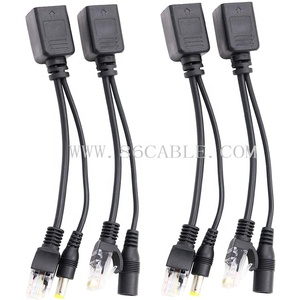

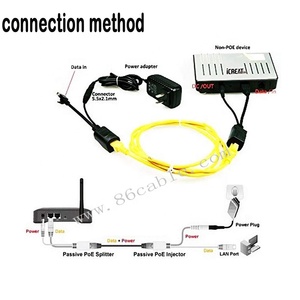








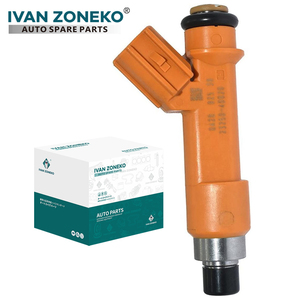
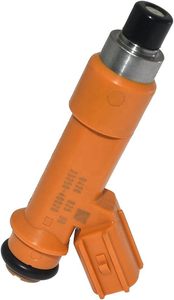
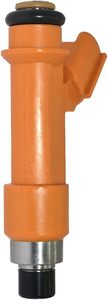


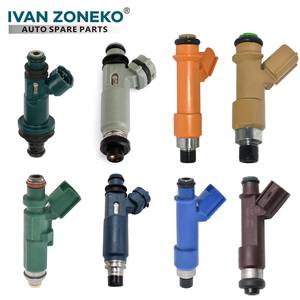
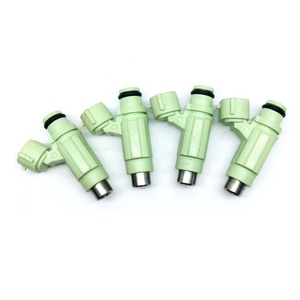




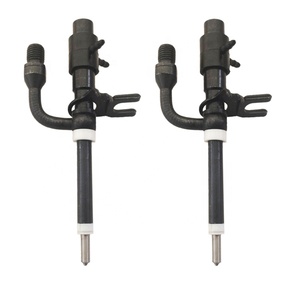

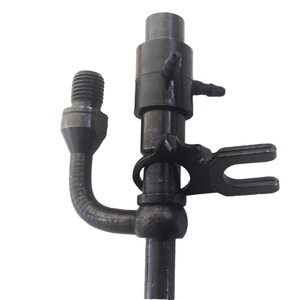

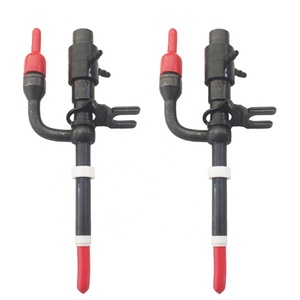
























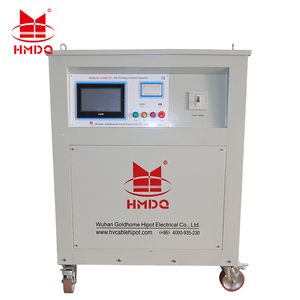
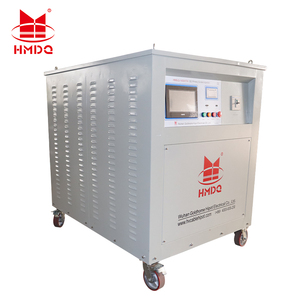










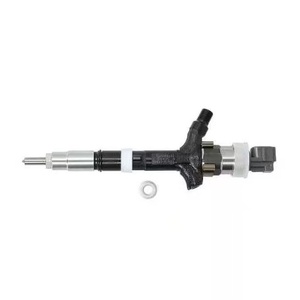
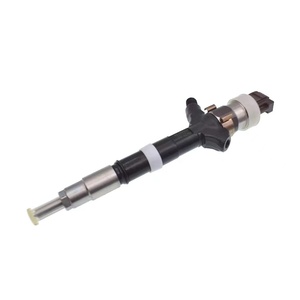

















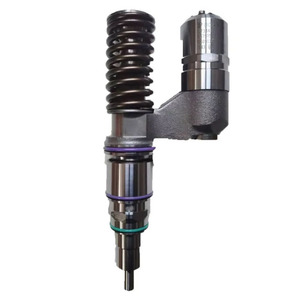

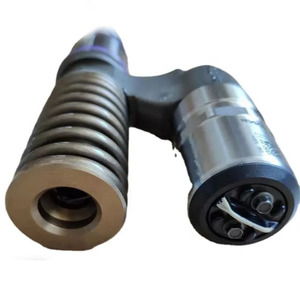


















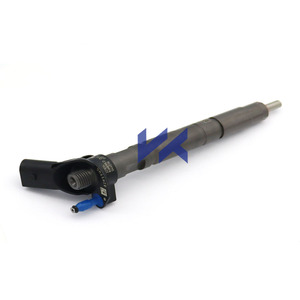

















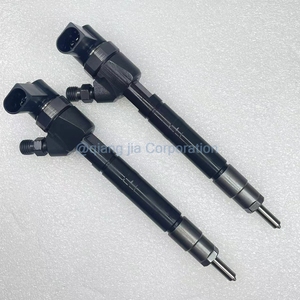

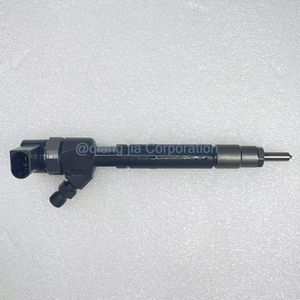
















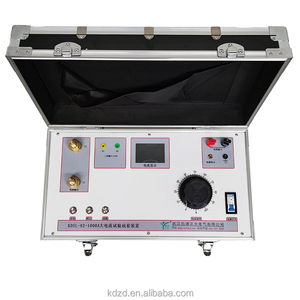



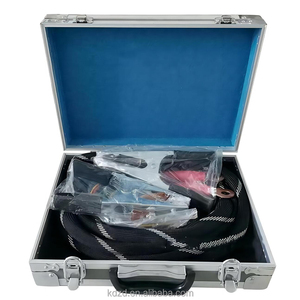


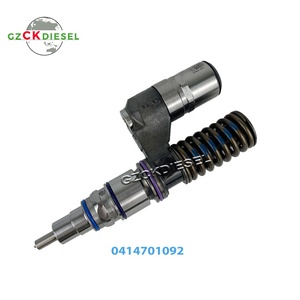

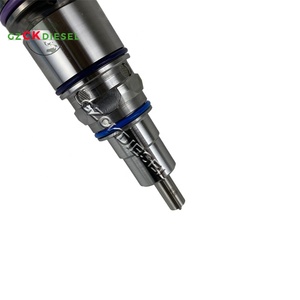
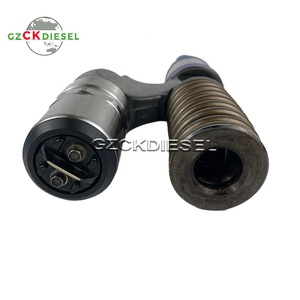













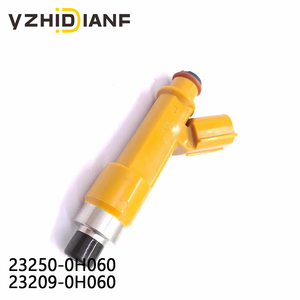








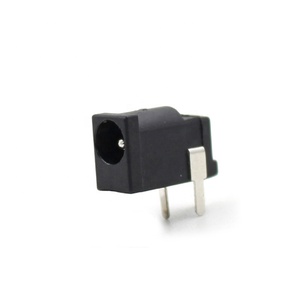

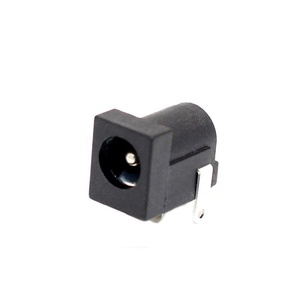

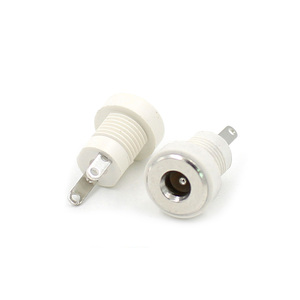




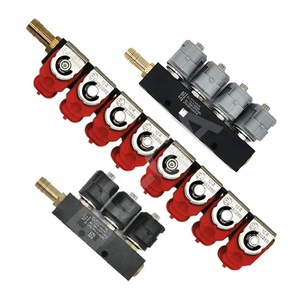


DC injectors, also known as direct fuel injectors, are used in gasoline engines to inject fuel directly into the combustion chamber. They replace conventional port fuel injectors, offering several advantages in terms of performance, emissions control, and fuel efficiency. There are two primary types of DC fuel injectors: Conventional and Dual-Injection Systems.
Conventional DC fuel injectors
Conventional DC fuel injectors are designed to operate at low fuel pressures, typically ranging from 3-4 bar (44-58 psi). They utilize a simple solenoid valve mechanism that opens and closes based on the engine control unit (ECU) signals. The solenoid coil is energized by an electrical pulse from the ECU, causing the valve to open and allowing fuel to flow from the injector nozzle into the intake manifold.
One of the critical advantages of conventional DC fuel injectors is their ability to atomize fuel into fine droplets, promoting better mixing with air in the intake manifold. This characteristic enhances combustion efficiency, resulting in improved throttle response, increased power output, and reduced emissions. Additionally, their relatively straightforward design makes them cost-effective and reliable, contributing to their widespread use in various gasoline engines.
Multi-hole nozzle
Multi-hole nozzles are a crucial component of direct fuel injectors, significantly influencing fuel atomization and spray characteristics. Unlike traditional single-hole nozzles, multi-hole nozzets feature multiple small holes (typically ranging from 4 to 16 or more) on their tips. This design allows for a more intricate and controlled fuel spray pattern, leading to finer fuel atomization and improved air-fuel mixing within the combustion chamber.
The enhanced atomization and spray distribution resulting from multi-hole nozzets contribute to more efficient combustion processes. As a result, engines equipped with direct fuel injectors featuring multi-hole nozzets exhibit improved throttle response, reduced emissions, and increased power output. The precise control over fuel delivery and spray behavior makes multi-hole nozzets particularly advantageous for modern high-performance and low-emission engines.
Dual-injection system
Many modern gasoline engines, especially turbocharged ones, utilize dual-injection systems. These systems combine both port fuel injection and direct fuel injection to optimize engine performance, emissions control, and fuel efficiency across various operating conditions.
In dual-injection systems, fuel is injected into the intake ports (port fuel injection) and directly into the combustion chambers (direct fuel injection). This allows for precise control of the air-fuel mixture, enabling better atomization, cooler combustion temperatures, and improved knock resistance in direct injection mode. As a result, engines can achieve higher power outputs and increased torque, particularly under load or during acceleration. Additionally, the cooling effect of direct injection helps reduce engine heat, contributing to overall thermal efficiency.
Before buying, it's important to understand the specifications of DC injectors to ensure they meet the requirements of a specific application. Here are some common specifications:
Voltage Rating
DC voltage injectors have a voltage rating that corresponds to the power supply used in the system. It can be 5 volts, 12 volts, 24 volts, or 48 volts. The voltage rating affects the injectors' performance and compatibility with other system components.
Current Rating
Current rating refers to the maximum continuous current the injector can handle. It is measured in amperes (A). Common current ratings for DC voltage injectors include 0.5 A, 1 A, 2 A, 5 A, or higher. The current rating affects the injector's capacity to handle load and its suitability for specific applications.
Number of Channels
Multi-channel DC voltage injectors have multiple output channels to inject signals into systems with multiple components or parallel connections. The number of channels can range from 1 to several dozen, depending on the injector's design.
Response Time
Response time specifies how quickly the injector can change its output signal in response to control signals. It is usually measured in microseconds or milliseconds. Shorter response times are critical for systems requiring high precision and fast signal changes.
Output Signal Type
DC voltage injectors may have different output signal types, such as voltage output (constant voltage or step voltage) or current output (constant current or step current). The output signal type should match the requirements of the controlled system or the components being injected.
Operating Temperature Range
Operating temperature range specifies the temperature range in which the injector can operate reliably. This is important for applications in extreme or high-temperature environments.
Form Factor and Connector Type
DC voltage injectors are available in various form factors, such as handheld, desktop, or rack-mounted. Additionally, they may have different types of connectors for compatibility with other system components (e.g., USB, Ethernet, GPIO).
It is important to follow the manufacturer's recommendations for maintaining DC voltage injectors. Here are some general guidelines:
Regular Cleaning
Regularly clean the injectors' surfaces to remove dust, dirt, and debris. Use a soft, lint-free cloth and mild cleaning solution. Avoid abrasive materials that might damage the injectors' surfaces.
Check Connections
Periodically check all electrical connections to ensure they are tight and secure. Loose connections can affect the injectors' performance and the stability of the signals they inject.
Monitor Performance
Regularly monitor the injectors' performance to ensure they operate according to specifications. If any abnormalities or performance drops are detected, check the injectors and associated components for possible problems.
Avoid Overloading
Do not exceed the specified voltage, current, or power limits of the injectors. Overloading can lead to overheating, damage, and reduced lifespan of the injectors.
Temperature Management
Ensure adequate ventilation and cooling systems for the injectors to maintain their operating temperature within the specified range. Avoid exposure to extreme temperatures, humidity, or aggressive chemical environments.
Periodically Inspect Cables
Check all signal and power supply cables connected to the injectors for wear, damage, or cracks. Replace damaged cables promptly to ensure reliable operation of the injectors and the stability of the signals being injected.
Software Updates (if applicable)
If the injectors have associated software or firmware, check for updates from the manufacturer. New versions may improve performance, stability, and additional functionality.
Follow Safety Precautions
When maintaining and repairing DC voltage injectors, follow the manufacturer's safety precautions and recommendations. Avoid contact with live electrical parts and use appropriate personal protective equipment (PPE).
When buying a DC injector, it’s important to understand the target market's needs. Consider the following factors:
Voltage and current ratings
When selecting a suitable direct current injector for specific purposes, it is essential to consider its voltage and current ratings. Voltage ratings on a DC injector represent output voltage levels, enabling compatibility with electrical devices that operate on low voltage or requiring higher voltage. Current ratings, on the other hand, indicate the maximum current that an injector can supply to a connected device. Therefore, selecting a DC injector with sufficient current capacity to meet the power requirements of connected devices is crucial.
Number of ports
DC injectors are available with various port configurations, including 1-port, 2-port, 4-port, and many more. A 1-port DC injector is designed for a single connection, making it suitable for specific applications that require direct communication or power injection with one device. Multi-port configurations, such as 4-port DC injectors, allow simultaneous connections to multiple devices, making them ideal for applications that involve monitoring or controlling multiple devices simultaneously.
Form factor
DC injectors come in different form factors and sizes, including standard desktop injectors, compact and portable injectors, and rack-mounted injectors. Standard desktop injectors are designed for regular use and applications, offering multiple features and ports but occupying relatively larger space. Portable DC injectors are smaller and lighter, thus making them convenient for on-the-go or field applications. Rack-mounted DC injectors are designed to be installed in server or network equipment racks, thus facilitating centralized management and power injection for multiple devices.
Short circuit protection
When selecting a suitable DC injector, short circuit protection is an important feature to consider. This feature safeguards the injector and connected devices from damage caused by short circuits, thereby ensuring reliability and safety during operation. Short circuit protection mechanisms include current limiting and fast shutdown. Current limiting mechanisms automatically detect increased current levels due to a short circuit and quickly limit or cut off the injector's output current. Fast shutdown mechanisms immediately disconnect the injector's output power, thus minimizing damage to the injector and connected devices.
Voltage and current ratings
When selecting a suitable direct current injector for specific purposes, it is essential to consider its voltage and current ratings. Voltage ratings on a DC injector represent output voltage levels, enabling compatibility with electrical devices that operate on low voltage or requiring higher voltage. Current ratings, on the other hand, indicate the maximum current that an injector can supply to a connected device. Therefore, selecting a DC injector with sufficient current capacity to meet the power requirements of connected devices is crucial.
Before replacing an injector, it is important to know how to identify a faulty one. The first step in replacing a DC fuel injector is to locate it. The fuel rail usually contains injectors. It is advisable to consult the car's manual to get the exact location. After locating it, the next step is to gather all the necessary tools. The tools needed include a socket set, ratchet, torque wrench, needle-nose pliers, and a flat-blade screwdriver. Other materials required are new DC fuel injectors and o-rings.
Working with fuel can be dangerous. It is important to take precautions to limit the risk of fire. Make sure there are no open flames or smoking materials nearby. Wear safety glasses and gloves. Relieve the fuel pressure before beginning work. Open the hood and disconnect the fuel pump relay. Start the engine and let it run until it stalls. This will relieve the fuel pressure and prevent fuel from spraying during injector replacement.
Disconnect the electrical connectors from the fuel injectors. Use a flat-blade screwdriver or needle-nose pliers to remove the injector connectors. The next step is to remove the fuel rail bolts and set the fuel rail aside. The fuel rail is usually bolted to the intake manifold. Carefully remove the injectors. They may be stuck in the intake manifold or fuel rail. Gently wiggle and pull them out.
Before installing new fuel injectors, lubricate the o-rings with clean engine oil. This will make it easy to insert them into the fuel rail or intake manifold. Align the new fuel injectors with their respective ports and press them firmly into place. Make sure they are seated properly to prevent leaks. Reconnect the electrical connectors to the fuel injectors. Ensure they are secure and properly aligned.
Put the fuel rail back into its original position and tighten the bolts securely. Reconnect the fuel injector connectors. Turn the ignition key to the on position without starting the engine. This will prime the fuel system and build pressure. Check for any fuel leaks around the injectors and fuel rail. If there are no leaks, start the engine and let it run for a few minutes. This will ensure the new fuel injectors are working properly.
Q1: How do you know an engine needs new fuel injectors?
A1: Some signs that the engine might give out when dc fuel injectors need replacement are rough idle, check engine light, poor fuel economy, and hard starting.
Q2: Can one clean fuel injectors themselves?
A2: Yes, DIYs can clean fuel injectors using fuel system cleaners. However, the activity requires using the right dc injector cleaning kit. It might be best to have a professional mechanic clean the injectors if they are dirty.
Q3: How often should fuel injectors be cleaned?
A3: A general rule of thumb suggests cleaning fuel injectors every 30,000 to 60,000 miles. However, users should adhere to recommendations from vehicle manufacturers.
Q4: What causes fuel injectors to clog?
A4: Fuel injectors can clog due to several factors, including using poor-quality fuel, deposits from combustion, and not changing the fuel filter when it is old.
Q5: Do fuel injectors affect car performance?
A5: Yes, fuel injectors can affect car performance. If they malfunction, they can cause the engine to run lean or rich, leading to poor performance, misfires, and, ultimately, tear and wear.